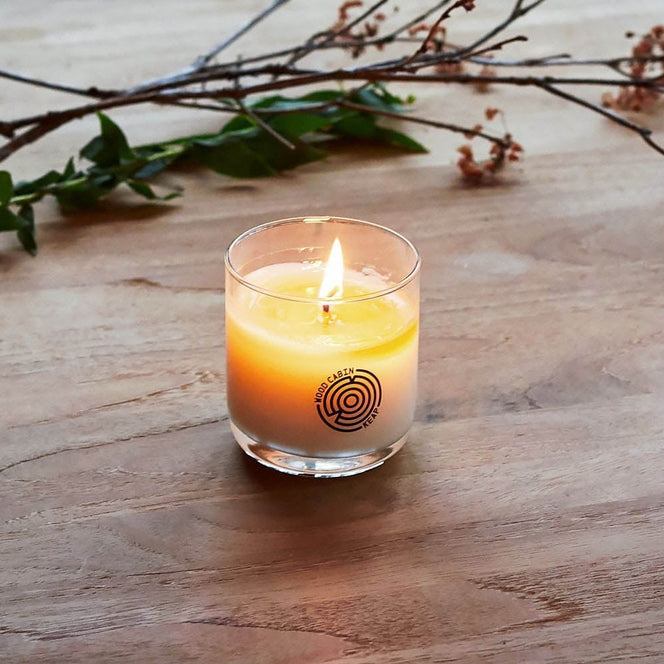Given the intricacies of choosing sustainable natural materials, we have chosen to limit ourselves to fragrances that, at minimum, are what we are now referring to as “100/100”:
- 100% renewable origin (i.e. plant-based)
- 100% biodegradable, meaning they will naturally start to degrade into CO2, water, and microbial biomass within 28 days
We recognize these nuances. However, we’ve ultimately decided to commit to natural ingredients because there is no way we can reach our ultimate goal of regeneration while relying on petroleum as a raw material.
Test Heading that could be long enough to fit on multiple lines of text
As we look to the future, we need to move away from unearthing fossil fuels that have formed over millions of years—especially for products that are as ephemeral as candles.
“As we look to the future, we need to move away from unearthing fossil fuels that have formed over millions of years—especially for products that are as ephemeral as candles."
Another reason for our decision is rooted in our purpose of fostering connection to the natural world. Even as many of us understand the scientific evidence that candles made with synthetic fragrances aren’t inherently less safe for the end user, we still may hold an innate aversion to synthetic ingredients.

A candle tunneling
With the help of a new fragrance house, we will be whittling down our ingredient list to an industry-unheard-of seven per candle. This change will allow us to closely monitor each ingredient’s supply chain and incrementally improve our sourcing as more sustainable options come onto the market.
Using so few ingredients is anathema to many in the fragrance industry, but we found innovative partners willing to take up the challenge in Mane and perfumer Ugo Charron.

A perfumer's site visit (Credit: Mane)
Practically, this means changing the way we come up with our candle scents. Instead of beginning with a concept (e.g. “Wood Cabin”), we now begin with a hand-selected ingredient, chosen for both its olfactive beauty and its sustainability profile (e.g. Mane’s Timur Pepper extract, sourced from Nepal’s Salyan district). We use the history and cultural significance of this main ingredient to develop each candle’s story. From there, we add just six other ingredients to prop up this star scent and really help it sing.



